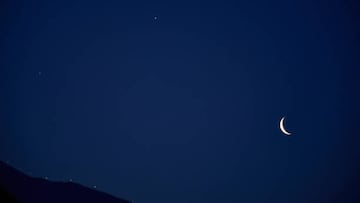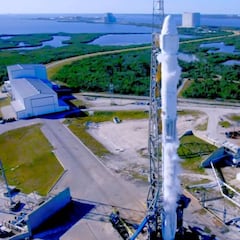Tau Herculids: how and when to watch the meteor shower that may take place tonight
Given that it’s a new moon, NASA is hoping that the end of May is going to bring with it an impressive show above us in the night sky.


Do you love watching a good meteor shower? Well, tonight could be your lucky night... but don’t send any nasty, angry comments if it doesn’t turn out that way!
When to look up for tau Herculids?
According to NASA - and they seem to know their stuff when it comes to space-type events - the tau Herculids shower could be visible on Monday night around 10pm Pacific Time in the US, which is 1am on Tuesday morning Eastern Time. But despite it being a new moon, and therefore minimal light reflection meaning a clearer view, there are no guarantees from the star-gazing boffins.
“This is going to be an all or nothing event,” Bill Cooke, from NASA’s Meteoroid Environment Office at Marshall Space Flight Center in Huntsville, Alabama, said in a statement. “If the debris from SW3 was traveling more than 220 miles per hour when it separated from the comet, we might see a nice meteor shower. If the debris had slower ejection speeds, then nothing will make it to Earth and there will be no meteors from this comet.”
But Cooke was positive enough to say: “It’s a perfect opportunity for space enthusiasts to get out and experience one of nature’s most vivid light shows,” so fingers crossed that the speed is right.
What is tau Herculids meteor shower?
You’ll all likely be familiar with the Perseid meteor shower, which pops up every August, but this one is less familiar. As NASA explains, the comet, which is what delivers the debris for us to see, was discovered in 1930 by German observers Arnold Schwassmann and Arno Arthur Wachmann. It was known as 73P/Schwassmann-Wachmann or SW3 for short.
The comet orbited the Sun every 5.4 years but as it was very faint it took until the late 1970s for it to be seen again. By the time the new millennium was arriving, astronomers had worked out that SW3 had shattered into several pieces, and the debris was growing behind it, a process that has continued to this day.
Related stories
So, around 10pm west coast, 1am east coast (and here’s the time wherever else you are) just look up and see what you can see.
If you prefer looking down on Earth rather than up at space, NASA have you covered. Check out this live stream.

